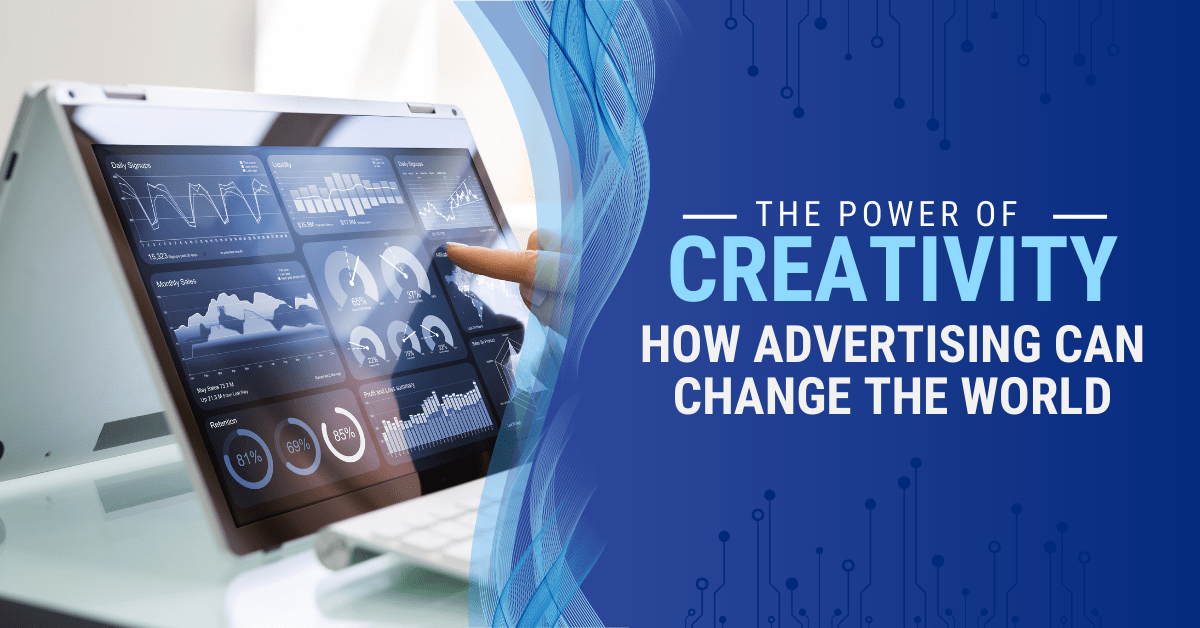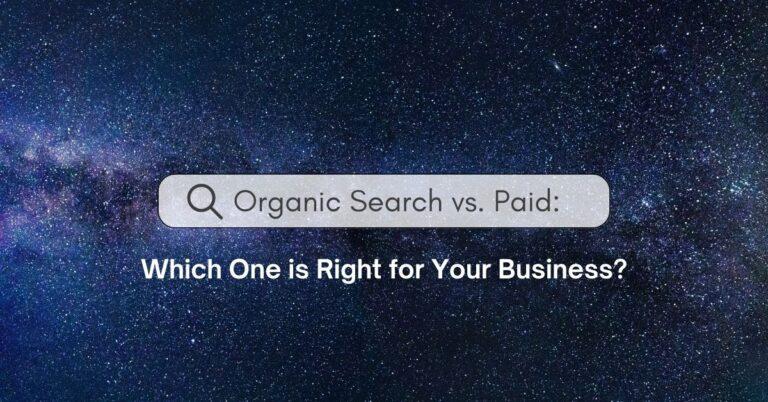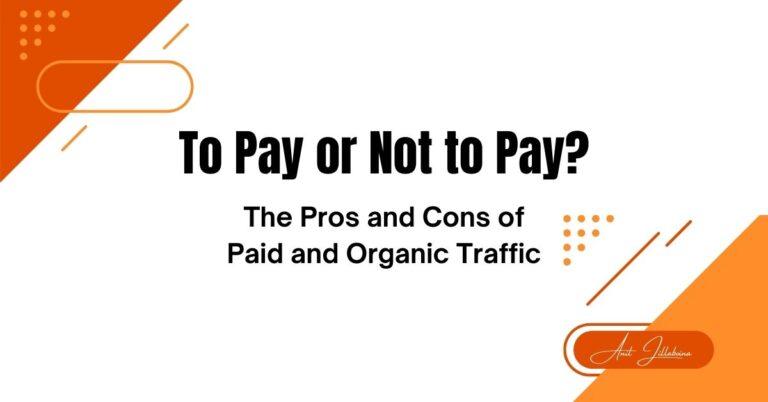Introduction:
Advertising has always held a significant role in shaping society and influencing consumer behavior. It has the power to capture attention, evoke emotion, and inspire action. However, the true impact of advertising lies in its creativity. Creative advertising has the ability to not only promote products or services but also address societal issues, raise awareness, and ultimately bring about positive change. In this blog post, we will explore the power of creativity in advertising and how it can be a catalyst for change.
The Role of Creativity in Making an Impact
Creativity is the key to making an impact through advertising. In a saturated market where consumers are bombarded with countless advertisements, it takes a truly creative approach to stand out and leave a lasting impression. Creative advertisements capture attention, engage the audience, and spark conversations. They have the ability to break through the noise and leave a memorable impact.
One example of a powerful creative advertisement is the Dove Real Beauty campaign. Through thought-provoking and inclusive ads, Dove aimed to challenge beauty standards and promote self-acceptance. By emphasizing the importance of inner beauty and showcasing diverse models in their advertisements, Dove successfully created a positive conversation about body image and self-esteem. Such creative advertising efforts go beyond mere product promotion and contribute to a larger societal conversation.
Addressing Societal Issues through Advertising
Creative advertising can be a powerful tool for addressing social, environmental, or political issues. Advertising campaigns have the ability to raise awareness, change perspectives, and inspire action. For example, the World Wildlife Fund’s (WWF) “Save the Arctic” campaign utilized creative messaging to shed light on the urgent issue of melting polar ice. The powerful images of polar bears stranded on small icebergs served as a wake-up call, generating public awareness and support for climate change action.
Another impactful example is the “Fearless Girl” statue commissioned by State Street Global Advisors. Placed in front of Wall Street’s iconic bull statue, this powerful visual representation aimed to raise awareness about gender diversity and women’s empowerment in corporate leadership. The image of a young girl bravely facing the charging bull became a symbol of strength and sparked numerous conversations about gender equality and inclusion.
Corporate Responsibility and Ethical Advertising
As advertising has the power to shape opinions and influence behavior, it is essential for companies to exercise corporate responsibility and align their advertising strategies with ethical values. Creative advertising that takes a stand on important issues can build trust and loyalty among consumers. Patagonia, a sustainable outdoor clothing brand, is often hailed for its responsible advertising efforts. The brand’s campaigns highlight environmental issues and promote responsible consumption. By connecting with environmentally conscious consumers on a deeper level, Patagonia builds a community of like-minded individuals who are not only customers but also advocates for change.
On the other hand, there are also risks associated with advertising for social change. Brands that engage in superficial or manipulative messaging may face backlash and lose credibility among consumers. It is essential for companies to ensure that their advertising efforts align with their core values and are authentic in promoting social change.
The Power of Inclusive Advertising
Inclusive advertising plays a significant role in promoting diversity and challenging stereotypes. By representing people from various backgrounds, cultures, and abilities, creative advertisements can bridge societal gaps and promote inclusivity. For instance, the “Share a Coke” campaign by Coca-Cola showcased personal names and encouraged people to share a coke with friends and strangers alike. This simple yet creative approach created a sense of unity and celebration of individuality.
Similarly, the “This Girl Can” campaign by Sport England aimed to empower women of all shapes, sizes, and abilities to take part in physical activities without fear of judgment. The ads featured real women, unfiltered and unretouched, engaging in various sports and activities. The campaign successfully challenged societal stereotypes about women’s capabilities and encouraged women to embrace their bodies and participate in physical activities.
Challenges and Limitations of Advertising for Social Change
While creative advertising can be a powerful force for change, it is important to acknowledge that companies operate with profit-driven goals. The fine balance between pursuing social impact and financial success can sometimes limit the scope and effectiveness of advertising campaigns for social change. As consumers become increasingly resistant to traditional advertising tactics, creative campaigns that authentically address important societal issues are more likely to resonate with the audience.
Another challenge lies in ensuring that creative advertising for social change does not become manipulative or misleading. As marketers push boundaries to capture attention, there is a risk of crossing ethical lines. It is crucial for companies to maintain transparency and integrity in their messaging to avoid the perception of greenwashing or superficial activism.
The Future of Advertising as a Catalyst for Change
The future of paid advertising holds immense potential for impacting positive change. As technology continues to advance, new opportunities for creativity and innovation in advertising emerge. Virtual reality, augmented reality, and interactive advertisements are reshaping the landscape of advertising and offering new ways to engage and influence audiences.
Furthermore, with the rise of social media, individual voices are amplified, making it easier for consumers to connect, react, and demand change. This shift in power demands more responsible and impactful advertising campaigns that not only aim to sell products but also contribute to a better world.
In conclusion, the power of creativity in advertising cannot be underestimated. Creative advertising has the ability to capture attention, influence opinions, and spark conversations. It can address societal issues, raise awareness, and ultimately drive positive change. As consumers, we have the power to support and promote responsible, impactful advertising campaigns that help shape a better future for all.
Thank you for reading! Share your experiences and questions in the comments below!




